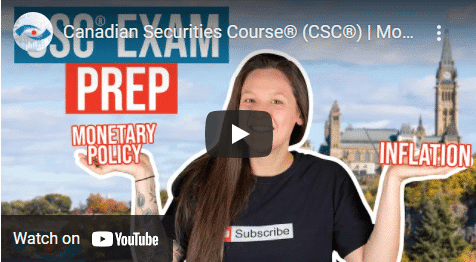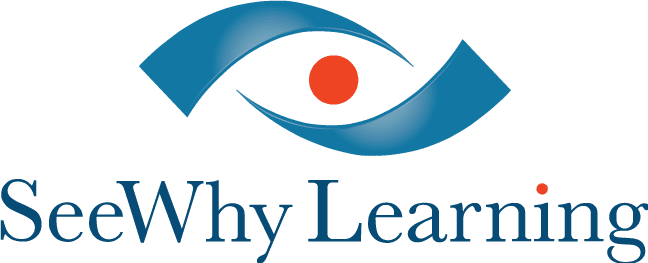This is Cory, back in the Coach’s Hangout, and I hope your studies are going well. As always, if there’s something you’d like us to cover, you can send in a request using the form found in your student account. From time to time, we’ll drop by and leave some helpful content and you may find we’ve even answered your question.
Now, normally in the Coach’s Hangout videos, we talk through a specific question or concept that a student has submitted, but today I have a special treat. I’m going to share a strategy with you that on its own could turn into a ton of marks on exam day. Many of the advanced courses we support like the LOQP, and WME, and AFP, et cetera, are application-based, which means you’re provided with a long client scenario and you’re asked to make a recommendation.
Now be honest with yourself. If you were tackling a question like this, where would you start? Well, if you’d start by reading the scenario, which is totally logical, you’re already headed down the wrong path. Examiners will often place distractors early on in the scenario to trick you, and once they’re in your head, pretty hard to let go of.
For example, if you were simply being asked to calculate the net asset value per unit of a fund, and assuming you studied the content well, you’d know that you’d need the funds assets, the funds liabilities, and the number of units outstanding. But when the core question is worked into a larger scenario, like the one we have here, you may be provided with the front-end load fee right at the beginning as a distractor. Of course, the front-end load fee is completely irrelevant when you’re calculating the net asset value per unit, but it’s awfully tempting to use.
If you start by reading the scenario, you’re likely going to end up circling a whole bunch of things that you think are relevant, only to get to the very end and realize what you’re actually being asked. Then you got to go all the way back through and read the scenario again and pick out the relevant content this time, which is now way harder, because you’ve been thoroughly distracted.
So check this out. We’ve now stroked out and put in read all of the irrelevant information or distractors which you may be tempted to use. The little bit of information that you actually need is showing up in green. It isn’t a fluke that much of the relevant information is presented after the distractors. So here are three easy steps to make sure this doesn’t happen to you.
Step number one, our RTQF. This is the most important acronym in all of your studies. It stands for read the question first. Find the question mark in the scenario, and before you do anything else, RTQF, read the question first. Now, you know what you’re being asked. Step number two, quickly read the answers to get a sense for how detailed they are. For example, if they involve numbers, then you know the numbers in the scenario matter. And finally, step number three. Only now do you start reading the scenario, circling what you know for sure is relevant information.
As you’re working through the SeeWhy learning exam prep tools, be sure to practice this process. I’m confident it’ll improve your chances of success. All right, thanks, everybody. Keep up the great work and good luck on your exam.

Recent Videos

Monetary & Fiscal Policy Part 2

Monetary & Fiscal Policy






